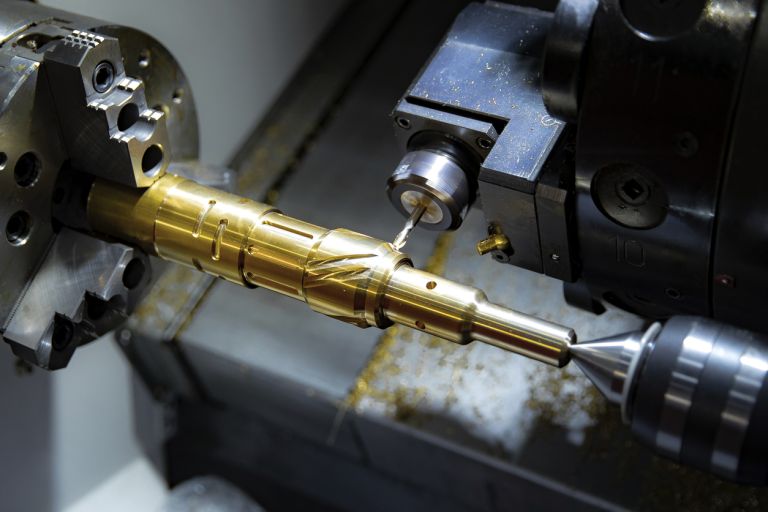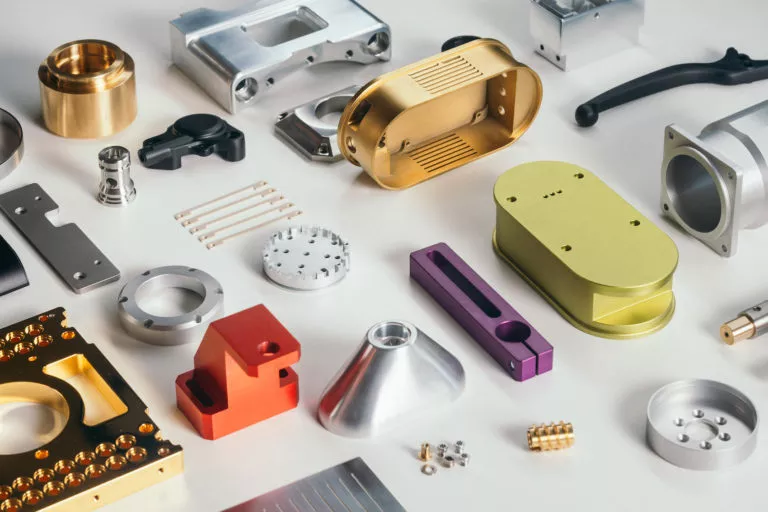
CNC Grinding
Order quality turned parts online at Robtrix. Attractive prices and fast service incl. Proof of testing with every order. Upload CAD file and receive quote within 48 hours
1.500+
Satisfied customers
5.500+
Available machines
0,11%
Complaint rate
Audited suppliers
Global network with over 500 audited suppliers
Attractive prices
Highest quality and competitive prices for all manufacturing processes
Fast delivery
With Robtrix you reduce your delivery time by up to 50%
Wide range of materials
All plastics and metals available in over 600 materials
Grinding is often used as a finishing or fine-tuning process after the main machining (turning, milling, etc.). At Robtrix, for example, they mention that grinding is used for the “fine and final finishing of the workpiece” to achieve the required tolerances or surface structure.
What is grinding?
Instead of conventional cutting tools (as in turning or milling), grinding uses an abrasive wheel (with many tiny cutting edges) that removes material in very thin layers.
It’s especially useful for hardened materials, surfaces requiring very tight tolerances, or when you need a very smooth surface finish.
Because the cut depths are very small and speeds high, thermal effects, wheel wear, and surface integrity all become significant.
Why include grinding in a manufacturing chain?
After main operations such as turning or milling, the component may be close to size but not quite meeting final tolerance, surface finish, or flatness/roundness specifications. Grinding helps “bring it home”.
It can correct minor geometrical errors (e.g., run-out, cylindricity) and improve functional surface characteristics (e.g., for bearings, sealing surfaces).
It enables manufacturing of parts from hardened steel, ceramics or other hard materials that are difficult to machine with standard tools.
Typical types of grinding operations
Some of the common types (depending on shape, requirement) include:
Surface grinding – flat surfaces are ground to dimension and finish.
Cylindrical grinding – outer or inner diameters are ground to exact dimensions and smooth finishes.
Profile grinding – grooves, contours, special shapes are ground.
Internal grinding, centerless grinding – for specific shapes or high throughput processes.
What to watch out for
Heat generation: Because the abrasive action produces heat, you need good cooling/fluids and control of thermal expansion.
Wheel dressing/truing: The grinding wheel must be maintained (reshaped/trued) for accuracy.
For extremely fine tolerance/finish requirements, grinding may even be followed by lapping or polishing.
When to use grinding in your manufacturing process
When the tolerance requirement is very tight (e.g., µm level) and regular machining cannot reliably achieve it.
When surface finish is critical (for seals, mating parts, precision assemblies).
When materials are particularly hard, or you have pre-hardened parts that require high precision finish.
When geometry demands a process that can remove small layers but achieve high accuracy and repeatability.
Surface treatment
We get the best out of your components
Refinement, appearance, protection against wear and corrosion prophylaxis of the turned components are as much part of our core business as the production of components.
- ✔ Sandblasting
- ✔ Paint
- ✔ Anodizing
- ✔ Powder coating
- ✔ Electroless nickel
- ✔ Galvanizing
- ✔ Passivate
- ✔ Chromate

